Setting up a new door can substantially boost a home's visual appeal, improve energy effectiveness, and increase general security. However, the process of door installation can often appear overwhelming, particularly when thinking about expenses. Luckily, with a little preparation and knowledge, affordable door installation can be a truth for house owners on a spending plan. This short article will explore the various alternatives, actions, and factors to consider of door installation, providing valuable insights for those looking for affordable solutions.
Picking the ideal door is important for both function and affordability. Below are some typical types of doors that provide a balance between cost and quality:
| Door Type | Average Cost (Material just) | Installation Complexity | Life-span |
|---|---|---|---|
| Interior Door | ₤ 50 - ₤ 150 | Easy | 30+ years |
| Exterior Door | ₤ 150 - ₤ 600 | Moderate | 20-35 years |
| Sliding Door | ₤ 200 - ₤ 800 | Moderate to High | 15-30 years |
| Bi-fold Door | ₤ 150 - ₤ 500 | Moderate | 15-25 years |
Numerous aspects affect the overall cost of door installation, consisting of products, labor, and additional functions. Here are the primary factors to consider homeowners should bear in mind:
When thinking about door installation, property owners frequently deal with the option in between DIY (Do It Yourself) installation and working with a professional. Both options have their pros and cons:
Benefits:
Drawbacks:
Advantages:
Downsides:
For homeowners thinking about a DIY method, following these steps can ensure a smoother and more effective installation procedure:
Measure the Doorway:
Select a Door Style and Material:
Gather Tools and Materials:
Eliminate the Old Door:
Install the New Door:
Test for Proper Function:
Include Finishing Touches:
The least expensive kind of door to install is generally the hollow-core interior door, which can range from ₤ 50 to ₤ 150.
Yes, if you have standard handyman abilities and tools, you can set up a door yourself. Simply guarantee you take precise measurements and follow the needed actions.
Professional installation can differ extensively based upon location and complexity however usually ranges from ₤ 100 to ₤ 400 per door, leaving out materials.
Think about the door's product, size, design, functionality, and your budget plan when picking a door for installation.

The installation time can differ, with DIY setups taking a couple of hours and professional services generally completing the job within a couple of hours.
Affordable door installation is achievable with correct research and preparation. By exploring different door types, weighing the pros and cons of various installation approaches, and following a structured installation procedure, homeowners can install doors without breaking the bank. Whether selecting a DIY task or employing a professional, understanding the factors that influence both time and cost can result in a successful and gratifying result.

No Data Found!

